Download the Future of Education Technology for K12
The CoolCatTeacher
MARCH 14, 2025
I hope it helps you as you work to “stay on top of” all of these important issues as relating to edtech today.
This site uses cookies to improve your experience. To help us insure we adhere to various privacy regulations, please select your country/region of residence. If you do not select a country, we will assume you are from the United States. Select your Cookie Settings or view our Privacy Policy and Terms of Use.
Cookies and similar technologies are used on this website for proper function of the website, for tracking performance analytics and for marketing purposes. We and some of our third-party providers may use cookie data for various purposes. Please review the cookie settings below and choose your preference.
Used for the proper function of the website
Used for monitoring website traffic and interactions
Cookies and similar technologies are used on this website for proper function of the website, for tracking performance analytics and for marketing purposes. We and some of our third-party providers may use cookie data for various purposes. Please review the cookie settings below and choose your preference.

The CoolCatTeacher
MARCH 14, 2025
I hope it helps you as you work to “stay on top of” all of these important issues as relating to edtech today.

EdTech Magazine
JANUARY 10, 2023
is on a mission to bridge the digital divide and train a generation to become good digital citizens. Jefferson County Public Schools, a one-to-one district in the diverse city of Louisville, Ky.,
This site is protected by reCAPTCHA and the Google Privacy Policy and Terms of Service apply.

eSchool News
FEBRUARY 19, 2025
“Universal connectivity is more than just internet access–it’s about addressing the digital divide to ensure every student is prepared for post-secondary success,” said Julia Fallon, executive director at SETDA. This press release originally appeared online.
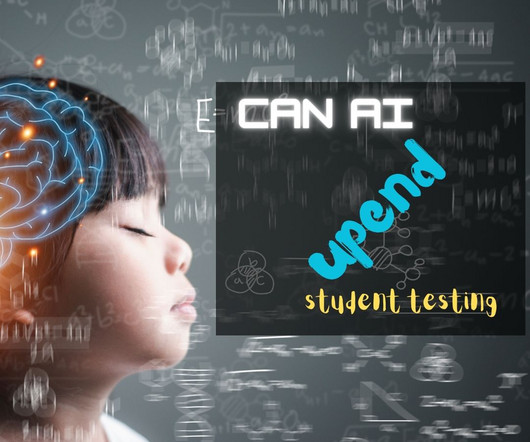
Ask a Tech Teacher
MAY 23, 2024
While experts acknowledge risks such as bias and access disparities, they foresee AI-driven assessments reshaping education by tailoring tests to individual needs and promoting deeper learning. Identify plagiarism or cheating But there are drawbacks educators must watch for and may take time to resolve.

Neo LMS
SEPTEMBER 25, 2018
At the same time, smartphones, tablets and laptops can be used to access the school LMS , with the corresponding courses and learning materials, conduct research online for a school paper, check facts fast, make use of productivity tools, and even access educational apps. Read more: DOs and DON’Ts of teaching digital citizenship.

The Web20Classroom
OCTOBER 7, 2016
When I was an Instructional Technology Director one of the challenges I faced was working to ensure that students, no matter where they lived in my district, had access to the same tools and opportunities. I could provide technology that could be used in the schools, and provided high speed network access while they were in schools.
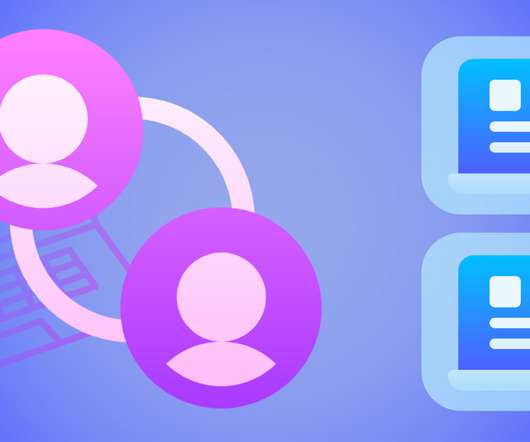
Hapara
FEBRUARY 8, 2022
Internet connectivity is a big deal for learner equity and access. To help the country close this digital divide, a goal of meeting or exceeding internet access at speeds of at least one megabit per second (Mbps) per student was set by the FCC. Build autonomy, self-management and digital citizenship.

Ask a Tech Teacher
MAY 20, 2022
Good intentions to give all students access to the world’s knowledge were derailed by the cost of the websites and webtools that made that happen. Turns out — and not really a surprise — the cost of the digital devices was minor compared to the cost of the websites and webtools required to meet goals. Listen and Read.
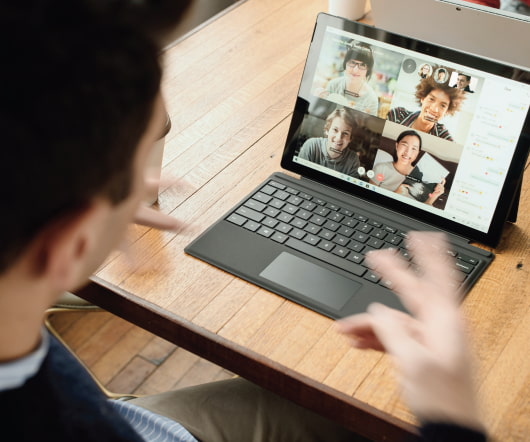
Edsurge
OCTOBER 16, 2018
First some good news: the divide in access to digital devices is decreasing. Educators are beginning to take note of a new problem: a digital participation divide. Educators are beginning to take note of a new problem: a digital participation divide.
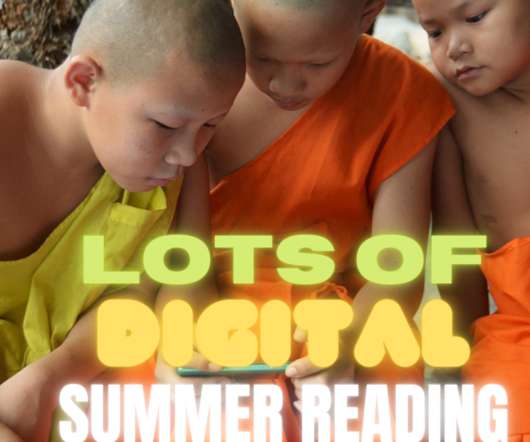
Ask a Tech Teacher
MAY 14, 2021
Good intentions to give all students access to the world’s knowledge were derailed by the cost of the websites and webtools that made that happen. Turns out — and not really a surprise — the cost of the digital devices was minor compared to the cost of the websites and webtools required to meet goals. Listen and Read.

Ask a Tech Teacher
MAY 19, 2023
Once you find a book, you access a scanned version (if available, say from Project Gutenberg) or purchase it at a linked bookstore. Access this catalog via the website. Access this collection via the website. Resources include The Raven, Portrait of the Artist as a Young Man, and The Road Not Taken.

eSchool News
APRIL 27, 2017
For a while now, there’s been a great deal of concern over the digital divide—the gap between students who have easy access to technology and those who don’t. The subtler, but no less harmful, digital divide is between the students who are empowered to be creators and problem solvers with technology, and those who aren’t.
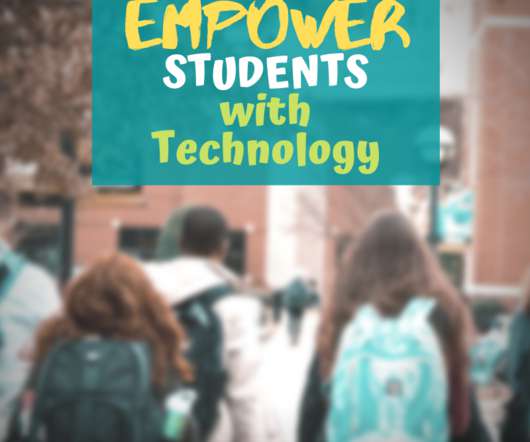
Ask a Tech Teacher
JULY 20, 2020
Address the digital divide. As thousands of school districts across the country have rolled out remote learning, many have discovered that students have very different sets of resources when it comes to digital education tools. This raises the question: How exactly should schools invest in technology to keep up?
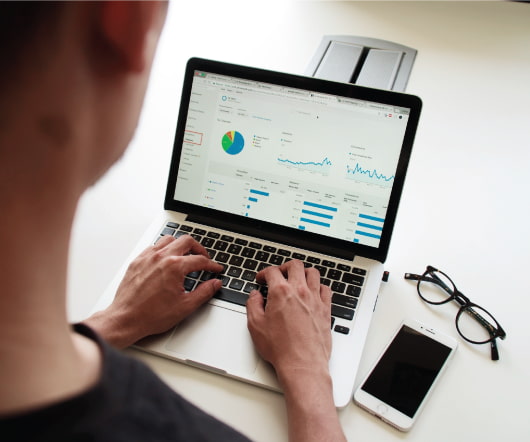
Neo LMS
NOVEMBER 15, 2018
From gamification to digital citizenship to PD for teachers to classroom robots and everything in between, the 102 posts that have been published on the NEO Blog in the last 12 months covered oh so many subjects related to education technology and e-learning for educational institutions. A big cake for a long year. We learned a lot.

The Innovative Educator
AUGUST 2, 2020
Participants didn’t need a conference to access workshops. We decided on the following tracks: Equity As we moved online it became more important than ever to address the digital divide. Digital Accessibility Approximately 20% of our students have a disability. We also eliminated workshops.
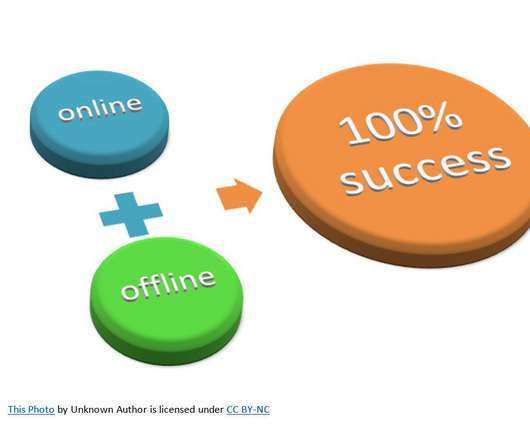
21st Century Educational Technology and Learning
MARCH 30, 2020
As the Coronavirus has changed the landscape of education, I have become more and more aware of inequity and the digital divide. In my reflection, I have attempted to present ideas for all schools across the digital divide. What can be provided with low bandwidth and quick access limitations?

eSchool News
APRIL 16, 2024
Challenge #1: Inequitable access to resources Some thought leaders have openly worried about how access to AI tools might impact today’s existing digital divide. Generative AI can be a driving force in democratizing access to high-quality education.

EdTechTeam
OCTOBER 27, 2017
Is there a digital divide in our schools? Before we get into the importance of the digital divide in schools, what is the digital divide? A digital divide is a gap between different demographics and regions in the world that have access to technology and those who doesn’t.
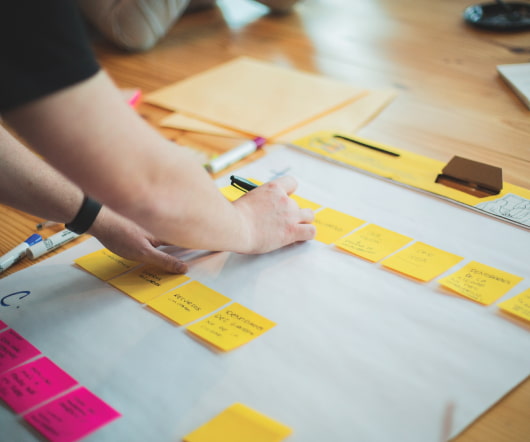
Neo LMS
OCTOBER 12, 2016
BYOD deepens the digital divide. Even when schools provide for these students — like making them beneficiaries of a BYOD funding program, or letting them check out a device from the school’s library — the digital divide doesn’t disappear completely. Top 10 BYOD concerns: 1.
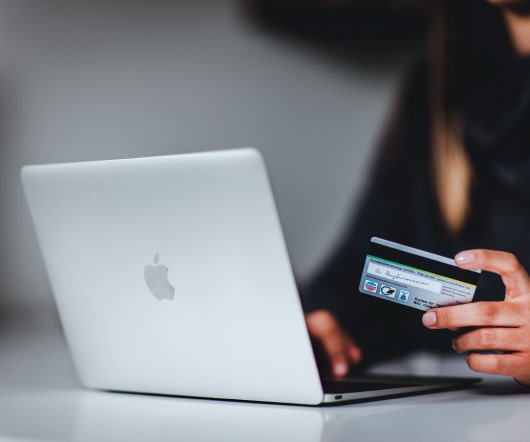
Ask a Tech Teacher
JULY 14, 2017
Good intentions to give all students access to the world’s knowledge were derailed by the cost of the websites and webtools that made that happen. Turns out — and not really a surprise — the cost of the digital devices was minor compared to the cost of the websites and webtools required to meet goals. Listen and Read.

eSchool News
JANUARY 3, 2024
Furthermore, digital literacy involves communication and collaboration skills, enabling effective interaction and teamwork through digital tools. Emphasis on digital citizenship instills responsible online behavior, ethical considerations, and cybersecurity awareness. What is an example of digital literacy in education?
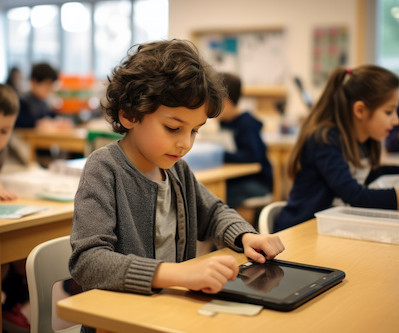
eSchool News
MAY 23, 2024
Invest in equitable access to AI technologies: Ensure all students, regardless of socioeconomic status, have access to AI tools and resources, addressing the digital divide and preventing the exacerbation of achievement gaps.
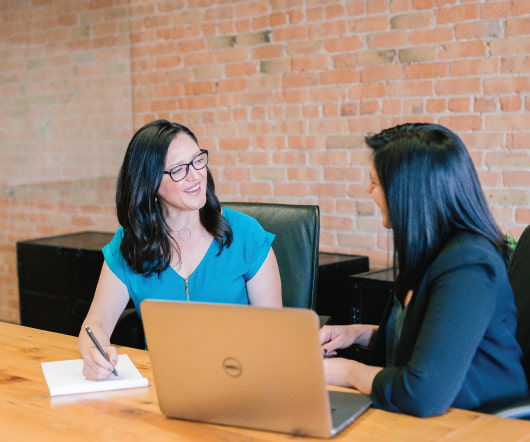
Ask a Tech Teacher
JANUARY 20, 2016
The best method to reach them is with a short, pithy message that’s informative and easy to access. Some parents are not comfortable with or do not have access to text messages and/or the Internet. It straddles the digital divide between those with the tech-infused family and those who feel pretty plugged in just having a phone.

Ask a Tech Teacher
JANUARY 10, 2017
The end result is a learning tool that is powerful, robust, scalable, and because it’s free, is the equitable solution to so many concerns over education’s digital divide. Because work is created and shared in the Cloud, users can access it from Internet-connected locations by logging into their Google account.
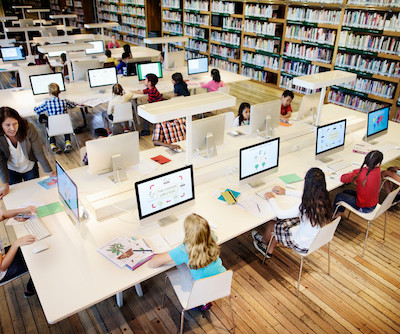
eSchool News
JANUARY 3, 2024
Key points: Digital tools are powering a new era of K-12 learning Still, challenges remain–among them, equity and access Stay up to date on the latest trends about learning in the digital age In today’s digital age, learning has gone through a profound transformation, reshaping traditional educational models.
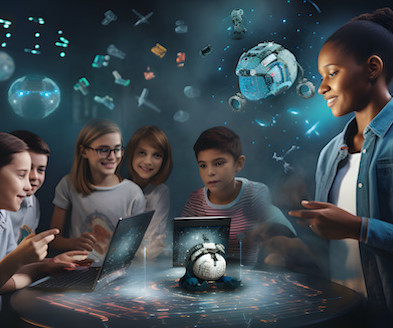
eSchool News
DECEMBER 11, 2023
Additionally, cybersecurity education will gain prominence, addressing the importance of responsible digital citizenship. Lastly, ensuring equitable access to technology and addressing the digital divide will be paramount, reflecting a commitment to inclusive and accessible K-12 education technology in 2024.
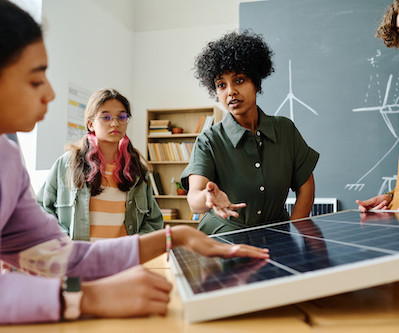
eSchool News
DECEMBER 11, 2023
Key points: Innovation and access are two major learning trends in 2024 Learn more about K-12 Tech Innovation News Discover Current Trends in Education In 2024, K-12 learning experiences are evolving rapidly, shaped by technological advancements and educational paradigms. What are the trends in learning in 2024?

eSchool News
JANUARY 1, 2024
Here’s what they had to say: Text-based AI interfaces provide an opportunity to help close the digital divide…and avoid an impending AI divide. By improving access to district systems and processes, school leaders will be able to better serve and meet the needs and expectations of the families they serve.

NeverEndingSearch
SEPTEMBER 8, 2015
It’s happened to all of us– we’re at school trying to access the perfect website for a learning activity at school and… it’s blocked. While banning books is commonly recognized by librarians as detrimental to the student educational experience, restricted website access isn’t on everyone’s radar.

Graphite Blog
OCTOBER 16, 2017
Mobile Access Is Nearly Universal Perhaps it’s no surprise to learn that mobile device use has become nearly universal, with 98 percent of kids age 8 and under living in a home with some type of mobile device. Introduce digital citizenship skills early.

21st Century Educational Technology and Learning
AUGUST 23, 2020
Common Sense Education – Great free PD resources for digital citizenship and online learning for all educators. As the Coronavirus has changed the landscape of education, I have become more and more aware of inequity and the digital divide. What can be provided with low bandwidth and quick access limitations?

The Learning Revolution Has Begun
OCTOBER 21, 2014
The Webinars are free, but when you purchase the "Mattering IS the Agenda" toolkit you get exclusive access to the recordings. Yet participating in the digital world is essential for learning, career, and life. What can colleges do to help foster strong digital citizens? More information and login details at YouMatter.me.
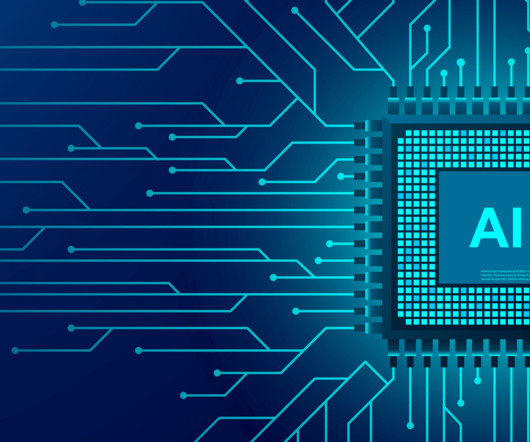
Lightspeed Systems
AUGUST 3, 2023
Then, of course, the digital divide between students with and without ready access to technology may be destined to widen by generative AI in education, adversely impacting underserved and minority students. Also, there’s the standing threat of a student’s data security, privacy and online safety.

The CoolCatTeacher
JUNE 3, 2021
Forming Community Partnerships to Access Educational Resources In this course for school leaders, you will explore methods for seeking out and partnering with community members to gain a variety of resources for your school. Education Technology Accessibility for All Students. As educators, we want what’s best for our students!
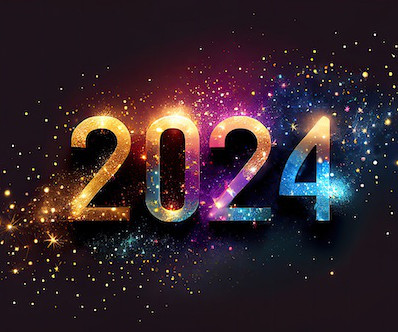
eSchool News
JANUARY 5, 2024
Here’s what they had to say: Text-based AI interfaces provide an opportunity to help close the digital divide…and avoid an impending AI divide. By improving access to district systems and processes, school leaders will be able to better serve and meet the needs and expectations of the families they serve.
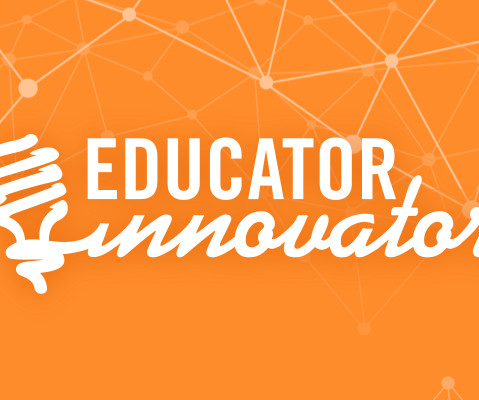
Educator Innovator
FEBRUARY 7, 2014
A Day to Celebrate, Explore, Question, and Look Ahead On February 5, 2014, educators and students around the country participated in Digital Learning Day (#DLDay). The National Writing Project and Educator Innovator , along with the Afterschool Alliance , were among the core partners and sponsored a set of #Make4DLDay challenges.

Educator Innovator
FEBRUARY 7, 2014
On February 5, 2014, educators and students around the country participated in Digital Learning Day (#DLDay). A Day to Celebrate, Explore, Question, and Look Ahead. The National Writing Project and Educator Innovator , along with the Afterschool Alliance , were among the core partners and sponsored a set of #Make4DLDay challenges.

Educational Technology and Mobile Learning
FEBRUARY 4, 2023
Bring Your Own Device (BOYD) is becoming an increasingly popular option for schools as they look to give students more access to technology. However, implementing BOYD in schools also presents some challenges such as data security, digital divide, and compatibility issues.
Expert insights. Personalized for you.
Are you sure you want to cancel your subscriptions?


Let's personalize your content